Existing User Log In
New User Registration
Register for a free account to gain full access to the VGChartz Network and join our thriving community.



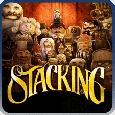

America - Front


America - Back

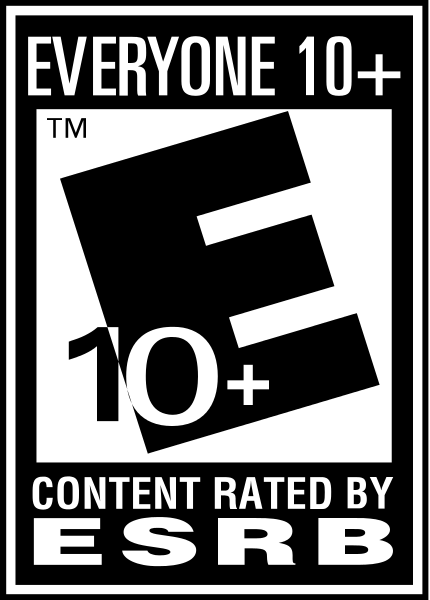

Double Fine Productions
Puzzle
 02/08/11 THQ
02/08/11 THQ  (Add Date)
(Add Date) 02/09/11 THQ
02/09/11 THQ
| Owners: | 34 | |
| Favorite: | 1 | |
| Tracked: | 0 | |
| Wishlist: | 2 | |
| Now Playing: | 0 | |
If you’ve ever visited Eastern Europe, you’ve probably seen Matryoshka dolls: sets of hollow wooden dolls of different sizes that fit inside each other. Unless you’re Tim Schafer, the first thing that crossed your mind upon seeing them probably wasn’t “this could be a game”, because then you’d have beaten Double Fine to the punch with a genuinely original idea, something absent from quite a few recently released games.
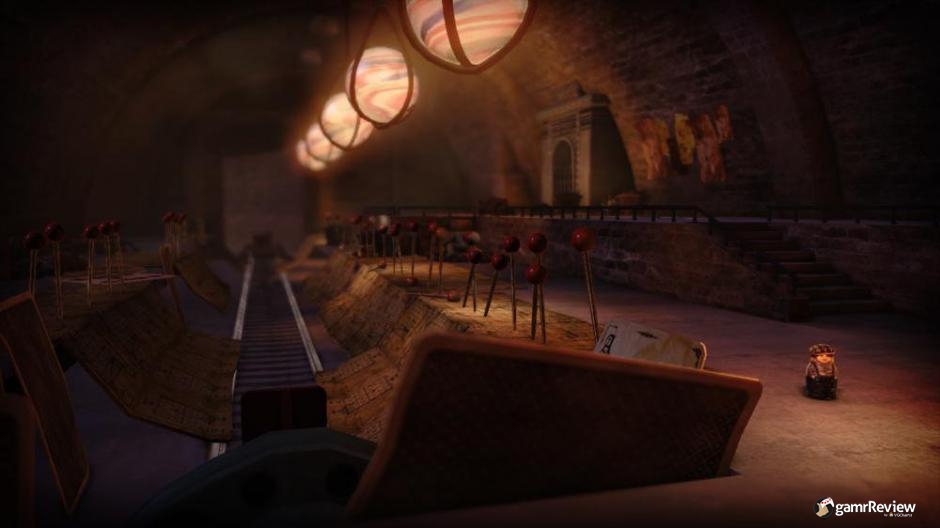
Because of his diminutive size, if you press Triangle/Y, Charlie can leap inside stacking dolls that are exactly one size larger than he is. This gives him a new ability, which depends upon the doll that he has chosen. From there, he can again stack into a doll one size larger. In addition, he can unstack at any point, leaving the largest doll that he is currently occupying as an empty shell beside him. He must use this ability to solve several puzzles, the eventual result of which is the release of one of his siblings.
The large majority of the puzzles in the game have more than one solution and, indeed, when you have found one of these, it pops up on the screen, along with the solutions that you have yet to unlock. As you can imagine, you probably won’t even know where to start when you come across a problem, since literally dozens of dolls are standing all around you. Sometimes you will be able to figure out one or two solutions by yourself, but for the last few you will undoubtedly need help. Fortunately, this help is built in to the game, and is implemented very well. If you look at your current objective by pausing the game, and press Square, a hint will be revealed. There are three hints for each solution. The first is a sort of passing remark that gives you a general idea of the gist of one resolution to the problem, or less often the first step that you should take. The second hint details that which is said in the first, or alternatively tells you what to do after following the first hint. The third almost invariably tells you exactly how to solve the puzzle, so try not to use it unless you are genuinely stuck. Usually, the first two hints will be enough, and there is a short delay between requesting hints to prevent abuse of the feature. It would be nice, however, if the countdown only ran whilst you were playing the game, rather than also while you are on the pause screen. This would further encourage actual attempts to solve the problem rather than sitting and waiting for the next hint to become available. Overall, although the hint system prevents the game from becoming frustrating, it doesn’t do enough to reward independent thought.
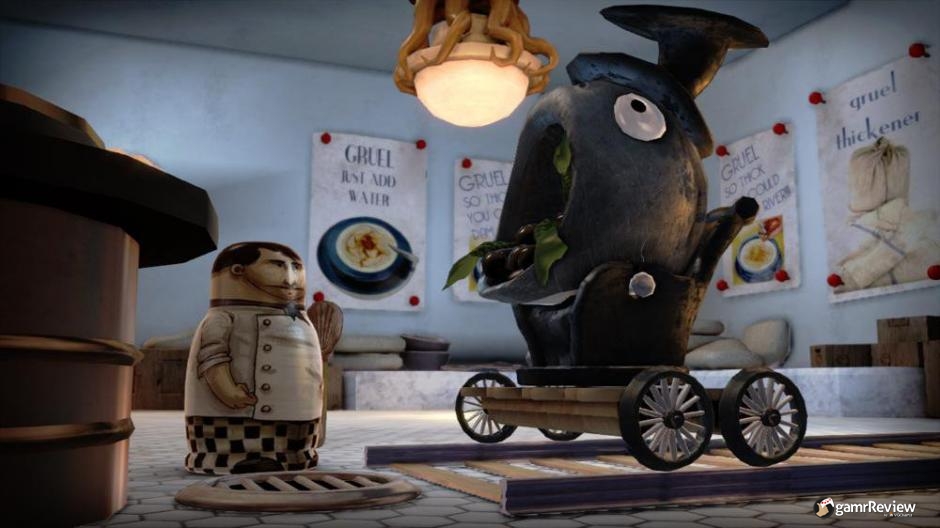
The game also has a fair bit of supplementary content, still revolving around stacking inside different dolls. Hi-Jinks involve inconveniencing your fellow dolls by performing horrible and anti-social actions ranging from flatulating in their faces to smacking them over the head with a hammer (which conveniently misses if you’re targeting a child). Unfortunately, there’s not much motivation to do this. You are only provided with a list of Hi-Jinks, and the names of the various mischievous actions often don’t begin to give away what you’re actually supposed to do. The ones that I did discover I found by simply experimenting. For example, upon finding a doll with a white glove that he used to slap people, I began to slap everyone around me, and this turned out to be a Hi-Jink. I had to do it four more times to earn an achievement, but it was the joy of slapping people, rather than the gratification provided by the game, that made me keep going. If you’re a completionist, you might get some extra game time from these challenges, but most people will just ignore those that they don’t find within the regular course of play. Special Dolls and Doll Sets are even worse, because you’re not even given a list. You simply have to stumble around and find them. Most of the actual puzzles are ingenious, but the rest just feels like filler.
The graphics in Stacking are, to put it simply, fantastic. The game looks gorgeous, especially taking into account the fact that it’s low-budget and downloadable. The environments are colourful and varied, and include a train station, a cruise liner and a zeppelin, amongst others. Each different type of character has its own distinct appearance and clothing, and there are plenty of individual characters that you will find throughout the game who do not resemble any other dolls. The sound made when you stack dolls is fantastic, and I often found myself running around like a maniac and stacking just to hear the noise (and also to sample each of the different abilities). The story is told through silent cutscenes, and is accompanied by the sort of light piano music that did accompany the pictures of old, which just adds to the enormous amounts of charm that the game exudes. It is very funny at points, but also adorable, especially in the weariness that the tiny Charlie shows whenever he is forced to solve problems created by the “grown-ups”, and the elation he displays when he is reunited with a member of his family.
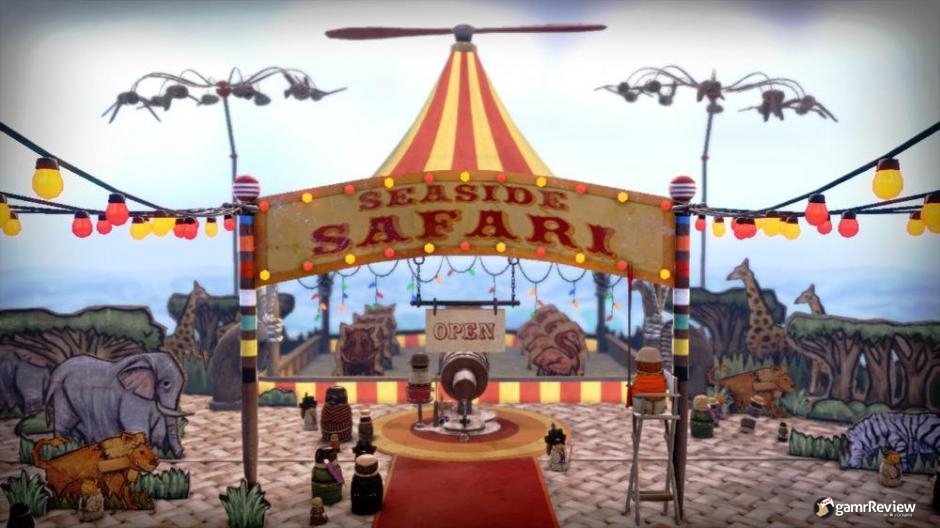
Stacking’s main problem is its length. A normal first run-through of the game will take you about three hours. You could spend perhaps another hour and a half finding all of the puzzle solutions, if you were so inclined, but this would get dull after a while: part of the fun of Stacking is the intuition involved in puzzle solutions so, by the end, you would just be reliant on hints, thinking “I never even knew that character existed! How the hell was I supposed to figure that out?”. It really isn’t long enough for a game with its price tag – a solid $15, which is at the higher end of downloadable game prices. You won’t really feel cheated by the game’s short length, but you will almost certainly wish that it went on longer.
Stacking is an ingenious, charming and funny puzzle game that tries to distance itself from the crowd. The story is genuinely interesting, the puzzle-solving is intuitive, and the visual design and general presentation are both fantastic. If you don’t mind shelling out a fair bit for a short but nevertheless enjoyable experience, give Stacking a try.









